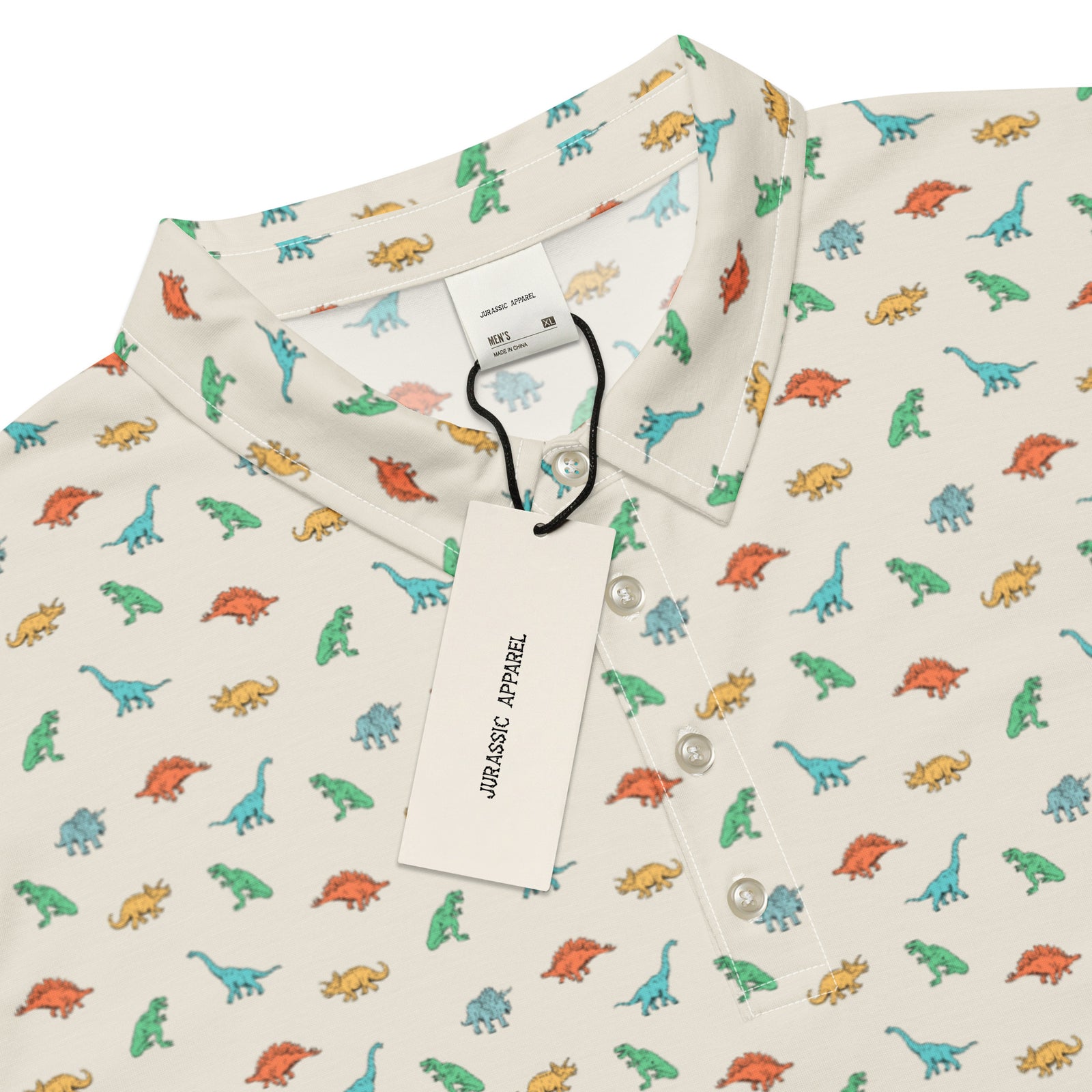Free Shipping On Orders over $75
Free Shipping On Orders over $75
Women's
Men's
Kids
Baby/Toddler
Accessories
Eotyrannus
July 31, 2024 2 min read

(AI Interpretation)
Eotyrannus: The Early Tyrant
Dinosaur Facts:
- Dinosaur Type: Theropod
- Period: Early Cretaceous (approximately 125 million years ago)
- Diet: Carnivore
- Length: About 9 feet (2.7 meters)
- Height: Approximately 3 feet (0.9 meters) at the hips
- Weight: Roughly 300 pounds (136 kg)
- Notable Features: A slender build, long arms with sharp claws, and evidence of feathers.
Eotyrannus for Kids
Meet Eotyrannus! Eotyrannus, which means “dawn tyrant,” is one of the earliest members of the tyrannosaur family. This dinosaur roamed what is now the Isle of Wight, England, in the Early Cretaceous Period.
What did Eotyrannus look like? Eotyrannus had a unique appearance, with a long body, a large skull filled with sharp teeth, and possibly feathers covering parts of its body. Unlike its much larger cousins, Eotyrannus had relatively longer arms, which were likely adapted for grabbing prey.
What did Eotyrannus eat? As a carnivore, Eotyrannus primarily hunted smaller dinosaurs and perhaps scavenged on larger carcasses, using its sharp teeth and agile body to capture its meals.
In-Depth Look at the Eotyrannus
Anatomy and Physical Features
The Eotyrannus fossils reveal a well-adapted carnivore. Its strong jaws and sharp, serrated teeth suggest it was efficient at slicing through flesh. The presence of feathers, as indicated by certain fossils, points to a close evolutionary relationship with modern birds (1).
Behavior and Habitat
Eotyrannus likely inhabited lush, forested environments where it could conceal itself from larger predators and ambush prey. Its probable solitary hunting behavior and agility would have given it an advantage in navigating its wooded surroundings (2).
Scientific Discovery and Research
First discovered in the late 1990s and formally named in 2001 by paleontologists (3), Eotyrannus's discovery has helped scientists better understand the evolutionary progression from small, agile theropods to the massive, powerful Tyrannosaurus rex.
Social Behavior and Hunting Techniques
Though evidence on Eotyrannus's social behavior is limited, its anatomical features suggest it was likely a solitary hunter. Its ability to run quickly and maneuver effectively would have made it adept at hunting smaller prey.
Eotyrannus in Popular Culture
While Eotyrannus may not be as well-known as its larger relatives, its unique characteristics have found a place in dinosaur documentaries and children's books, often highlighting its swift nature and feathered appearance.
Ongoing Research and Discoveries
Research continues to uncover more about Eotyrannus. Ongoing fossil discoveries and technological advancements in imaging are helping paleontologists learn more about this fascinating creature’s behavior, habitat, and physical characteristics.
Conclusion
Eotyrannus stands as an important keystone in understanding the evolutionary path of theropods. As researchers continue to unearth more fossils and data, the role of Eotyrannus will only become clearer, aiding in our comprehension of the grand tapestry of dinosaur history.
Sources:
- (1) "The Evolution of Feathers" - National Geographic [Link]
- (2) "Understanding Dinosaur Habitats" - Science News [Link]
- (3) "Fossil Findings: The Eotyrannus Discovery" - BBC Earth [Link]





